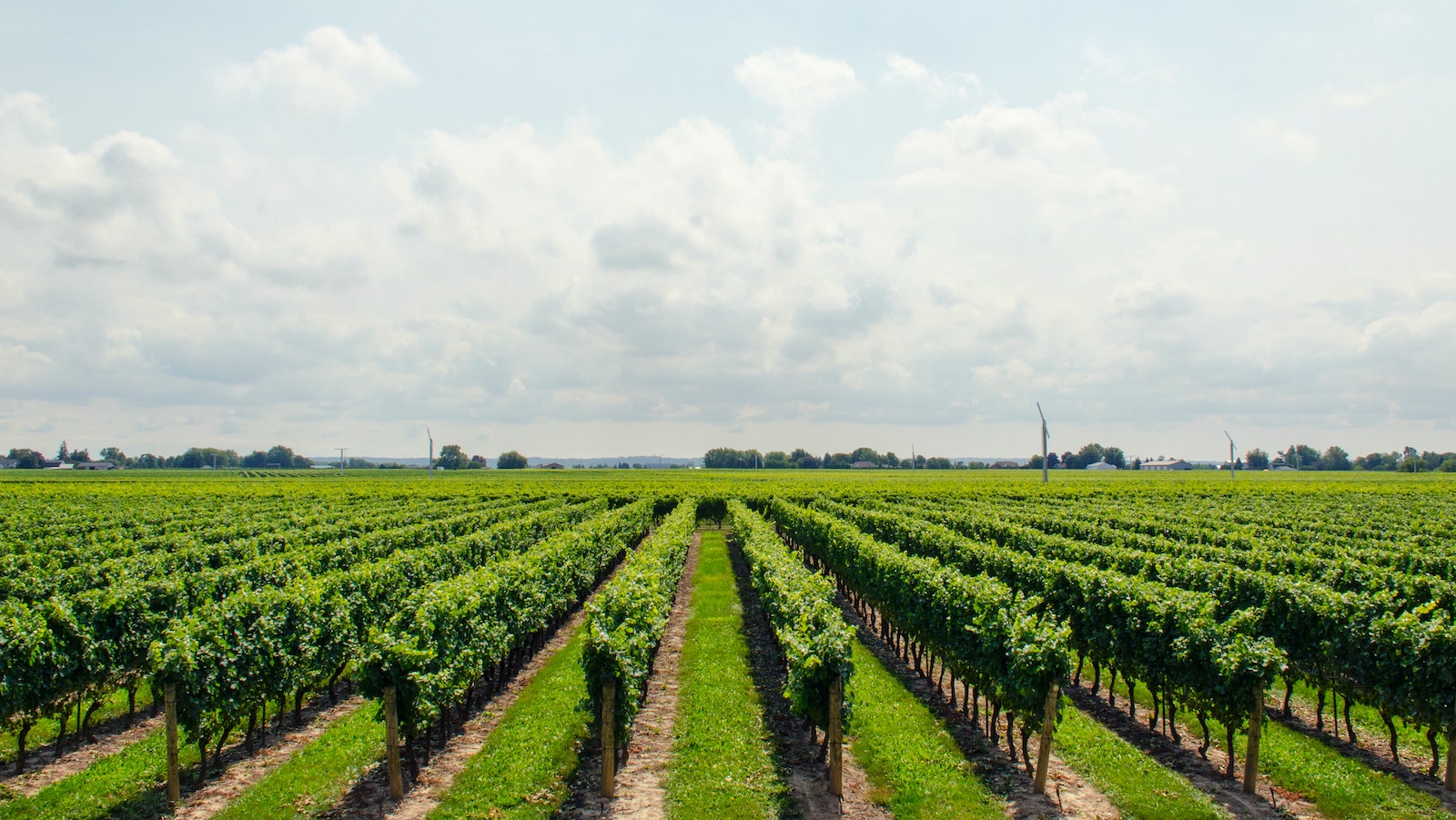The daily work of the world's farmers -- from a smallholder's one or two acres/hectares to major agribusinesses -- sustains us all. However, they face myriad challenges, not the least of which is access to agricultural insurance, due to constraints placed on insurance products and the complexity of assessing agricultural risks. Now, thanks to technological innovations, including better methods of crop data collection and agricultural intelligence (AgI) analyses, insurance companies can lower operational costs, improve underwriting performance, offer appropriate insurance quotes and more effectively track the facts on the ground.
Here are just a few ways digitization and other technologies can boost agricultural insurance:
Upgrade data collection
Digital, on-field data collection - with data points including time, location and user stamps - provides insights for effective underwriting and claims management while reducing operational costs.
Technology minimizes human errors and allows complex output, such as damage calculations based on the estimated value of the crops when a damaging event occurs, to be automated and flow seamlessly from the field to the decision-makers' desks, in real time.
These real-time insights improve the efficiency of insurance operations, while creating a structured database of on-field events, making it easier to spot patterns or irregularities that could focus in-person field inspections later.
Streamline quotation
Forget multiple forms and interminable waiting. Digitization at the point of sale smooths the application and quotation process and enhances user buy-in. AgI can be used to create risk models including more accurate quotations in the fields. This can lower premium costs as automation slashes administrative and operational expenses.
See also: Climate Change and Product Liability
Facilitate underwriting
Digitized field data makes it easier to analyze multiple geospatial data sets. Factor in altitude, soil type, climate history, claims history, etc., for a more complete picture of risk patterns. Moreover, the data sets can be used to determine individual risk -- by examining, for example, specific farms and comparing them with equivalent farms in the same region cultivating the same crops. Is one farm employing a different farming method that results in better harvests than the other farm? What are the other variables? These insights can help insurers select "good" risks, the key to achieving a profitable business line.
Optimize monitoring and claims management
Insurers get the critical insights they need to determine immediate and longer-term risk and know where to concentrate their resources using real-time data when tracking remote data sources such as vegetation indices from satellite and weather stations. Perhaps a remote field inspection based on the comparison of data from several insured farms may reveal that one is having issues others aren't experiencing. The insurer can then send someone for an in-person inspection to identify the key variables, whether it's a pest infestation, improper irrigation practices or any impediments to the farmer's success. Answers to these questions and more form the data that will prevent losses for all parties.
Enable farmer education
Lack of understanding by the farming community of the nitty gritty of agricultural insurance is one reason for their inability to access its benefits. For example, parametric insurance, in which payouts to the insured are based on outward or visible guidelines (e.g., level of rainfall) instead of measured and verified damages, may be a hard-to-digest concept for some farmers. Technology can go far in providing insurance education. Imagine a tool that can mimic payout situations to help farmers understand how to apply the parametric insurance concept to their real lives. This will be necessary to win over farmers and increase agricultural insurance's market penetration.
A focus on innovation at the farm and insurance levels can bring significant changes to the state of global agriculture, adding levels of stability to farming that were previously impossible. The more stable the agricultural environment, the easier it will be to maintain stronger supply chains focused on ensuring the world's growing population has enough to eat during these times of extreme climate change.






